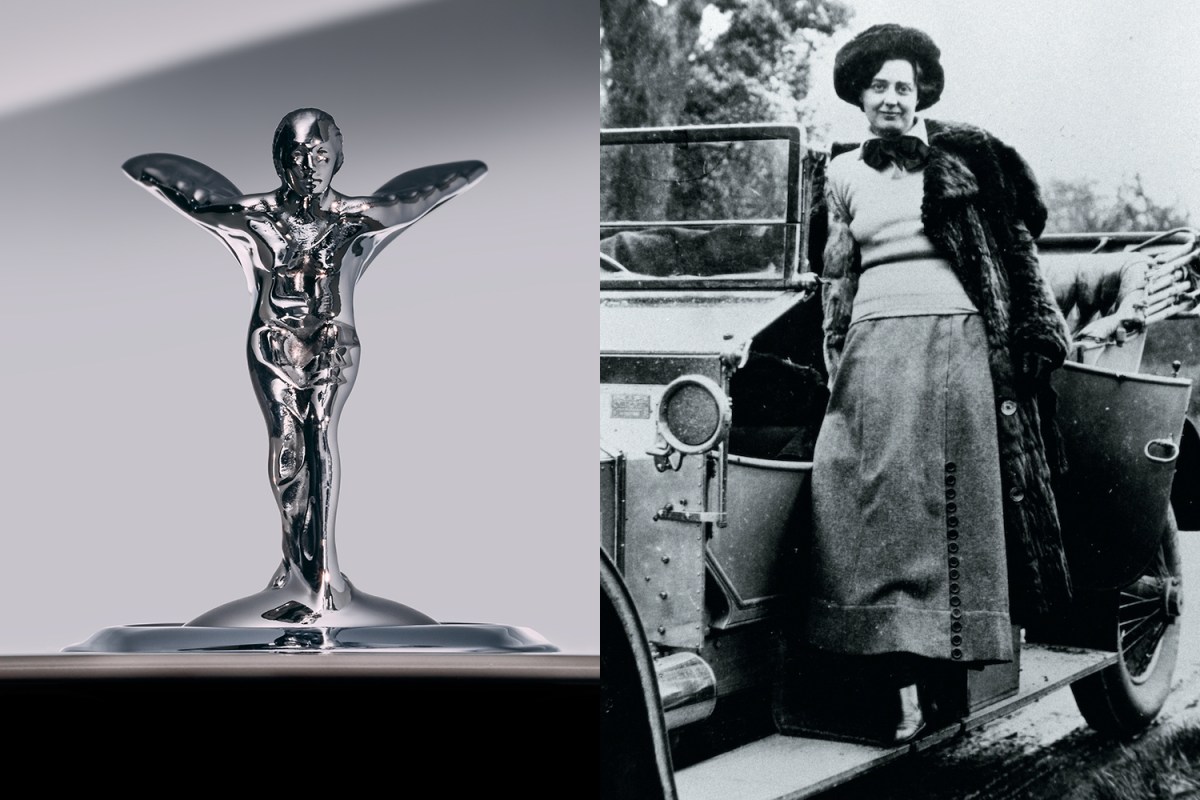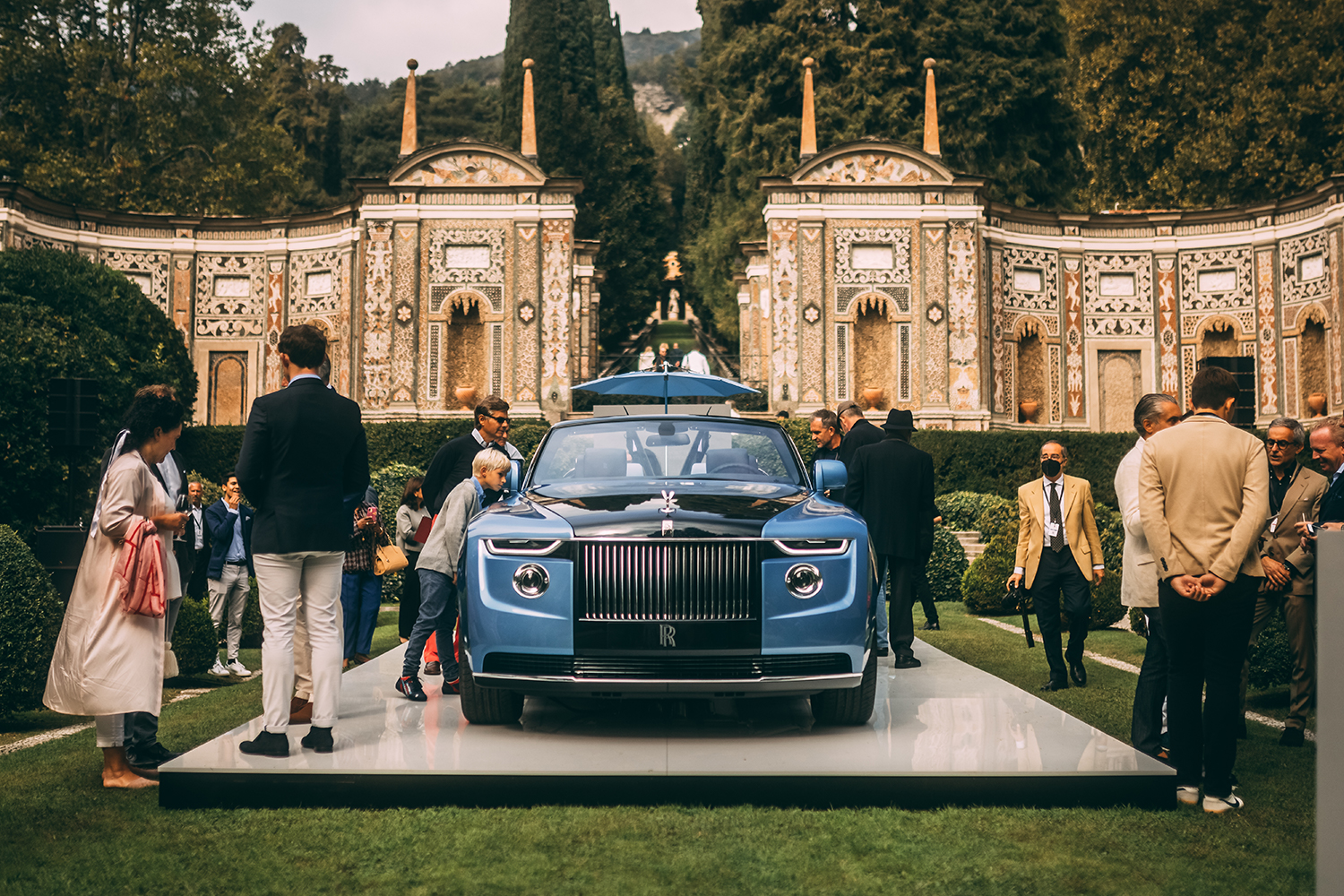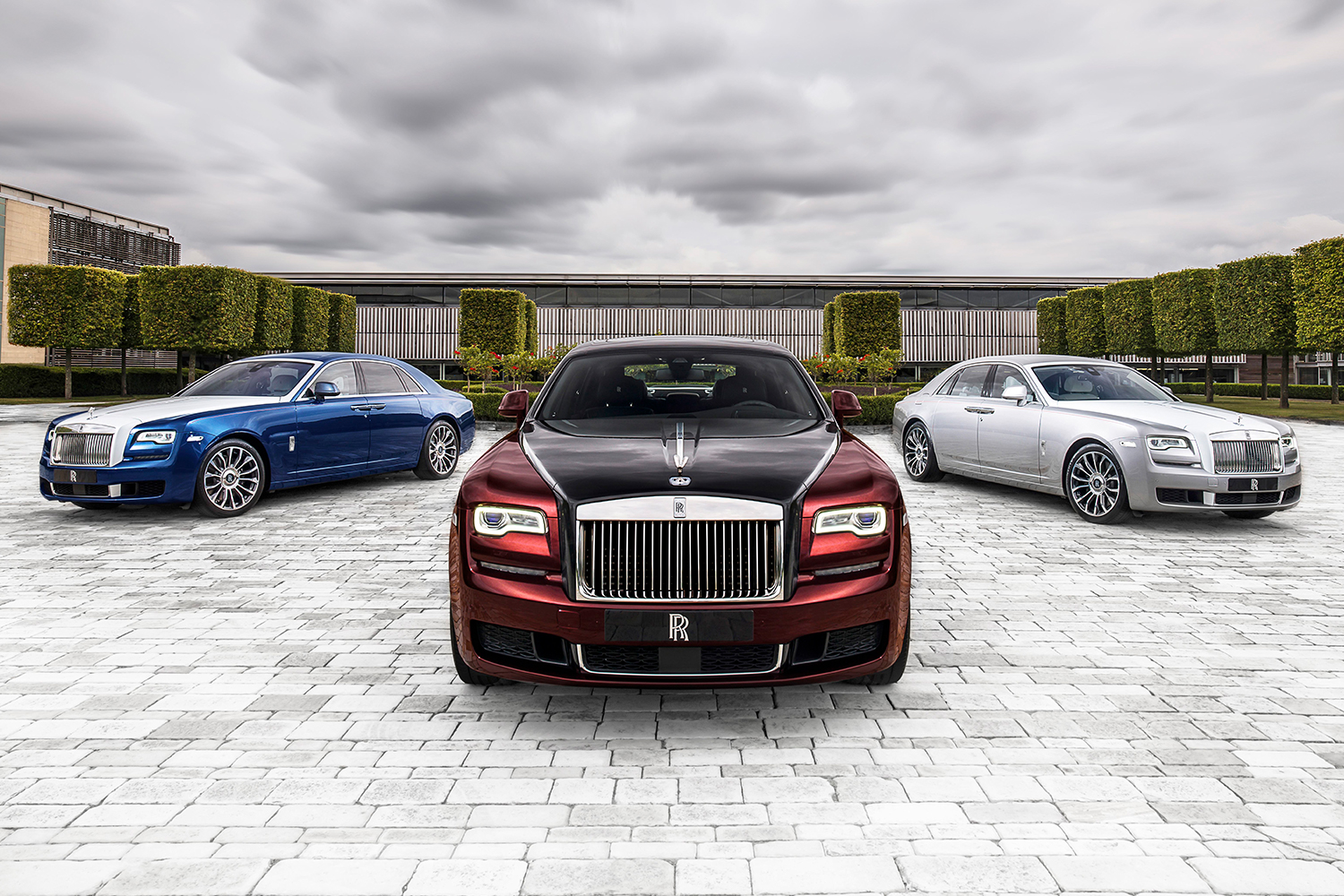Hood ornaments are like cocktails. It’s fun to talk about the origins of them, from Jaguar’s Leaper to the old-fashioned, mainly because hearsay has elevated their stories into the realm of legend. But there’s at least one automotive mascot, as they’re known within the industry, whose tale lives up to the car it adorns: The Spirit of Ecstasy from Rolls-Royce Motor Cars.
The figurine, which turned 111 years old on Sunday, has been gracing the front of Rolls-Royce automobiles since 1911. For its birthday, the Spirit of Ecstasy is getting a makeover. The luxury automaker announced that a smaller, more aerodynamic version of the ornament — which depicts a woman leaning into the wind with her robes flowing behind her along outstretched arms — will be introduced on Spectre, the brand’s first electric car, and feature on new models going forward. Current models, such as the Phantom and Ghost, will still carry the old design.
“As we enter a new era with Spectre, we have taken the opportunity to revisit our treasured icon and her story, which remains endlessly fascinating, eye-opening and intriguing after more than 100 years,” said Rolls-Royce CEO Torsten Müller-Ötvös.
The story Müller-Ötvös hints at revolves around one Eleanor Velasco Thornton, born in 1880, who the automaker credits as being the main inspiration behind the Spirit of Ecstasy figurine.
According to Rolls-Royce’s own history, Thornton “lived a secret double life” in her early 20s. In 1902, she worked during the day as an assistant to Claude Johnson, who was general secretary of the Automobile Club, a British organization now known as the Royal Automobile Club. At night, Thornton was a “sensuous exotic dancer and life-model,” becoming a muse of Charles Sykes, the sculptor who designed the Spirit of Ecstasy.
She apparently didn’t stay Johnson’s assistant for long, eventually being poached by John Montagu (full name John Walter Edward Douglas-Scott-Montagu, 2nd Baron Montagu of Beaulieu) who founded the magazine The Car Illustrated and hired Thornton as his office manager. That appointment led to a 13-year affair; in 1903, Thornton became pregnant, and her child with Montagu was eventually given up for adoption.
As for the Spirit of Ecstasy ornament, Rolls-Royce notes that one of its eponymous founders, Sir Henry Royce, “disliked mascots of any kind.” But Johnson, who moved on from the Automobile Club to become the managing director of Rolls-Royce, advocated for the company to design its own so car owners weren’t simply slapping on any old figurine. So Johnson commissioned Sykes to design one, who he reached through his friend Montagu.
Sometime in the early 1900s, Sykes had produced a custom hood ornament for Montagu’s own Rolls-Royce Silver Ghost called the Whisper, which depicts a woman in flowing robes that’s notably similar to the Spirit of Ecstasy. For that piece, the company notes, “It has been confirmed that Eleanor was the model.” But when Johnson commissioned a mascot for the company, he gave Sykes the inspiration of a statue of the Greek goddess Nike in the Louvre. The sculptor took that note seriously, but according to Rolls-Royce, “Once again, his muse was almost certainly Eleanor Thornton.”
While Thornton lived to see her likeness affixed on the front of Rolls-Royce cars, as the mascot was officially adopted in 1911, she died tragically as a casualty of World War I just four years later.
On December 30, 1915, “Montagu and Eleanor Thornton were enjoying lunch in the first-class saloon of the P&O passenger ship SS Persia,” Rolls-Royce explains. They were in the Mediterranean Sea off the island of Crete when the ship was struck by a torpedo from a German U-boat. It sank “in less than five minutes.” Thornton did not survive, but Montagu was rescued by a passing ship after 38 hours in a lifeboat.
He reportedly kept the original Whisper statuette, modeled after Thornton, “on every Rolls-Royce car he owned until his death in 1929.”
Thanks for reading InsideHook. Sign up for our daily newsletter and be in the know.


















